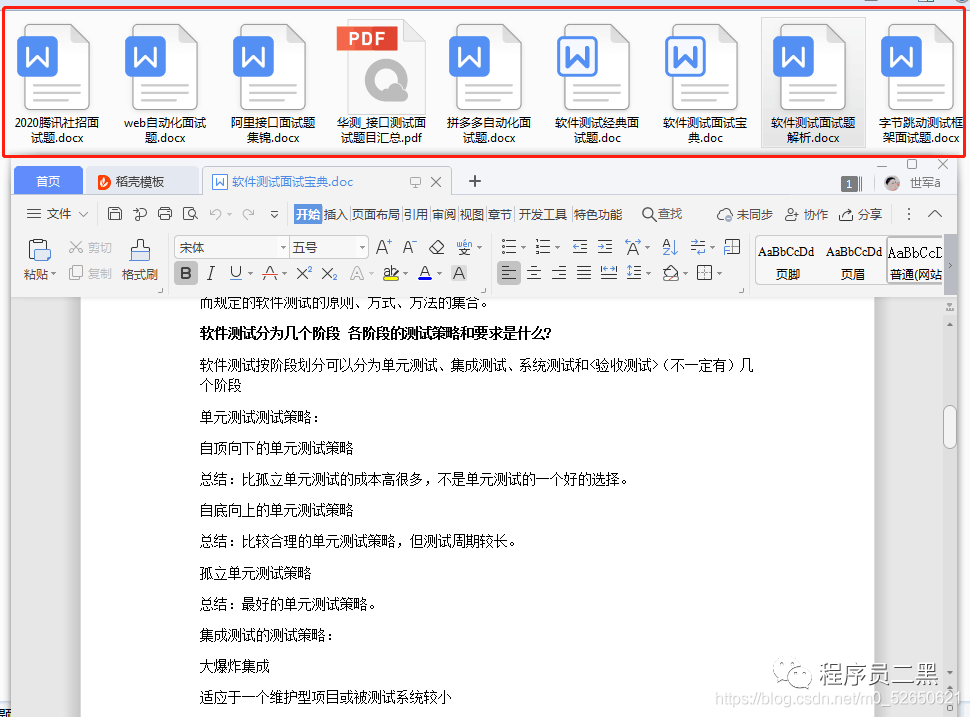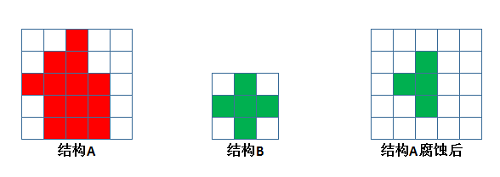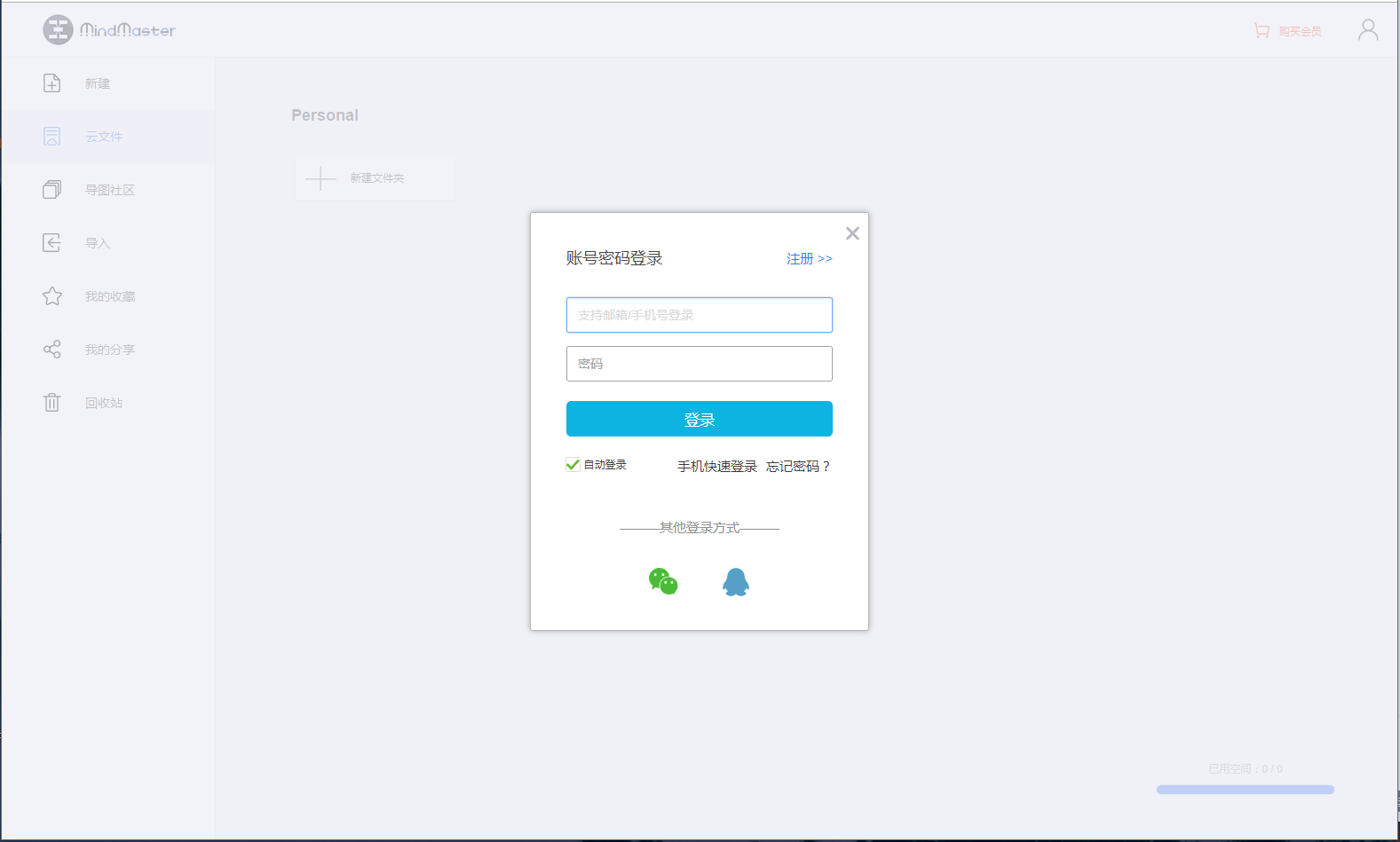I was following a tutorial to learn train a classifier using Keras
https://blog.keras.io/building-powerful-image-classification-models-using-very-little-data.html
Specifically, from the second script given by the author, I wanted to transform the script into a one that can train multi-class classifier(was a binary for cat and dog). I have 5 classes in my train folder so I did the following change:
In the function of train_top_model():
I changed
model = Sequential()
model.add(Flatten(input_shape=train_data.shape[1:]))
model.add(Dense(256, activation='relu'))
model.add(Dropout(0.5))
model.add(Dense(1, activation='sigmoid'))
model.compile(optimizer='rmsprop', loss='binary_crossentropy', metrics=['accuracy'])
into
model = Sequential()
model.add(Flatten(input_shape=train_data.shape[1:]))
model.add(Dense(256, activation='relu'))
model.add(Dropout(0.5))
model.add(Dense(5, activation='sigmoid'))
model.compile(optimizer='rmsprop', loss='categorical_crossentropy', metrics=['accuracy'])
train_labels = to_categorical(train_labels, 5)
validation_labels = to_categorical(validation_labels, 5)
After done the training, the model reached training accuracy of near 99% but only for like 70% accuracy of the validation accuracy. Thus I started thinking maybe it's not that simple to convert 2 classes training to 5 classes. Maybe I need to use one-hot encoding when labeling the classes(but I don't know how)
EDIT:
I attached my fine-tunning script as well. Another problem: the accuracy did not effectively increase when fine-tunning starts.
import os
import h5py
import numpy as np
from keras.preprocessing.image import ImageDataGenerator
from keras import optimizers
from keras.models import Sequential
from keras.layers import Convolution2D, MaxPooling2D, ZeroPadding2D
from keras.layers import Activation, Dropout, Flatten, Dense
# path to the model weights files.
weights_path = 'D:/Users/EJLTZ/Desktop/vgg16_weights.h5'
top_model_weights_path = 'bottleneck_weights_2.h5'
# dimensions of our images.
img_width, img_height = 150, 150
train_data_dir = 'D:/Users/EJLTZ/Desktop/BodyPart-full/train_new'
validation_data_dir = 'D:/Users/EJLTZ/Desktop/BodyPart-full/validation_new'
nb_train_samples = 500
nb_validation_samples = 972
nb_epoch = 50
# build the VGG16 network
model = Sequential()
model.add(ZeroPadding2D((1, 1), input_shape=(3, img_width, img_height)))
model.add(Convolution2D(64, 3, 3, activation='relu', name='conv1_1'))
model.add(ZeroPadding2D((1, 1)))
model.add(Convolution2D(64, 3, 3, activation='relu', name='conv1_2'))
model.add(MaxPooling2D((2, 2), strides=(2, 2)))
model.add(ZeroPadding2D((1, 1)))
model.add(Convolution2D(128, 3, 3, activation='relu', name='conv2_1'))
model.add(ZeroPadding2D((1, 1)))
model.add(Convolution2D(128, 3, 3, activation='relu', name='conv2_2'))
model.add(MaxPooling2D((2, 2), strides=(2, 2)))
model.add(ZeroPadding2D((1, 1)))
model.add(Convolution2D(256, 3, 3, activation='relu', name='conv3_1'))
model.add(ZeroPadding2D((1, 1)))
model.add(Convolution2D(256, 3, 3, activation='relu', name='conv3_2'))
model.add(ZeroPadding2D((1, 1)))
model.add(Convolution2D(256, 3, 3, activation='relu', name='conv3_3'))
model.add(MaxPooling2D((2, 2), strides=(2, 2)))
model.add(ZeroPadding2D((1, 1)))
model.add(Convolution2D(512, 3, 3, activation='relu', name='conv4_1'))
model.add(ZeroPadding2D((1, 1)))
model.add(Convolution2D(512, 3, 3, activation='relu', name='conv4_2'))
model.add(ZeroPadding2D((1, 1)))
model.add(Convolution2D(512, 3, 3, activation='relu', name='conv4_3'))
model.add(MaxPooling2D((2, 2), strides=(2, 2)))
model.add(ZeroPadding2D((1, 1)))
model.add(Convolution2D(512, 3, 3, activation='relu', name='conv5_1'))
model.add(ZeroPadding2D((1, 1)))
model.add(Convolution2D(512, 3, 3, activation='relu', name='conv5_2'))
model.add(ZeroPadding2D((1, 1)))
model.add(Convolution2D(512, 3, 3, activation='relu', name='conv5_3'))
model.add(MaxPooling2D((2, 2), strides=(2, 2)))
# load the weights of the VGG16 networks
# (trained on ImageNet, won the ILSVRC competition in 2014)
# note: when there is a complete match between your model definition
# and your weight savefile, you can simply call model.load_weights(filename)
assert os.path.exists(weights_path), 'Model weights not found (see "weights_path" variable in script).'
f = h5py.File(weights_path)
for k in range(f.attrs['nb_layers']):
if k >= len(model.layers):
# we don't look at the last (fully-connected) layers in the savefile
break
g = f['layer_{}'.format(k)]
weights = [g['param_{}'.format(p)] for p in range(g.attrs['nb_params'])]
model.layers[k].set_weights(weights)
f.close()
print('Model loaded.')
# build a classifier model to put on top of the convolutional model
top_model = Sequential()
top_model.add(Flatten(input_shape=model.output_shape[1:]))
top_model.add(Dense(256, activation='relu'))
top_model.add(Dropout(0.5))
top_model.add(Dense(5, activation='softmax'))
# note that it is necessary to start with a fully-trained
# classifier, including the top classifier,
# in order to successfully do fine-tuning
top_model.load_weights(top_model_weights_path)
# add the model on top of the convolutional base
model.add(top_model)
# set the first 25 layers (up to the last conv block)
# to non-trainable (weights will not be updated)
for layer in model.layers[:25]:
layer.trainable = False
# compile the model with a SGD/momentum optimizer
# and a very slow learning rate.
model.compile(loss='categorical_crossentropy',
optimizer=optimizers.SGD(lr=1e-4, momentum=0.9),
metrics=['accuracy'])
# prepare data augmentation configuration
train_datagen = ImageDataGenerator(
rescale=1./255,
shear_range=0.2,
zoom_range=0.2,
horizontal_flip=True)
test_datagen = ImageDataGenerator(rescale=1./255)
train_generator = train_datagen.flow_from_directory(
train_data_dir,
target_size=(img_height, img_width),
batch_size=32,
class_mode= 'categorical')
validation_generator = test_datagen.flow_from_directory(
validation_data_dir,
target_size=(img_height, img_width),
batch_size=32,
class_mode= 'categorical')
# fine-tune the model
model.fit_generator(
train_generator,
samples_per_epoch=nb_train_samples,
nb_epoch=nb_epoch,
validation_data=validation_generator,
nb_val_samples=nb_validation_samples)
model.save_weights("fine-tune_weights.h5")
model.save("fine-tune_model.h5", True)


